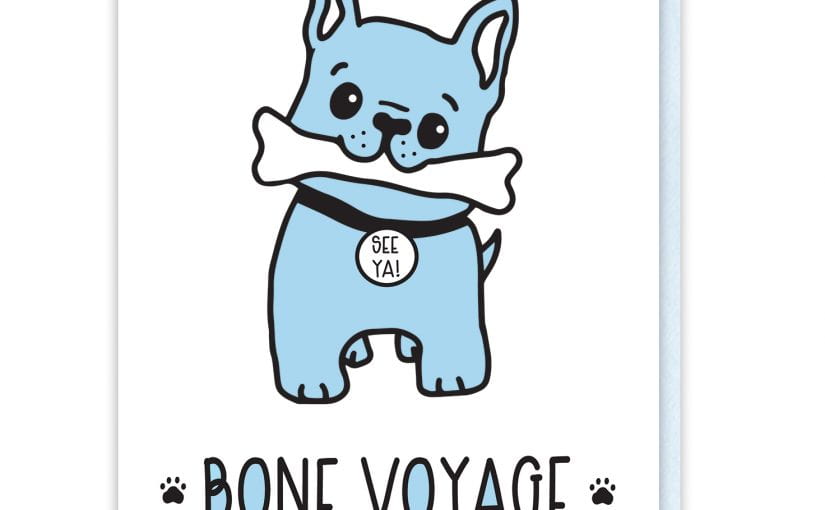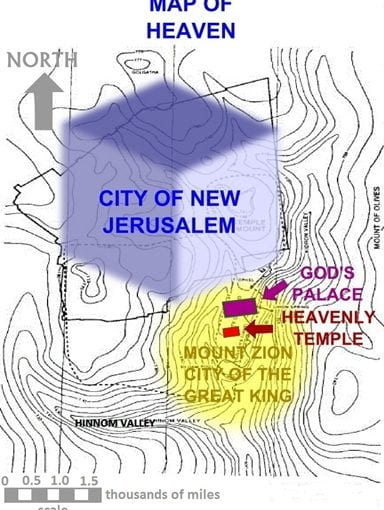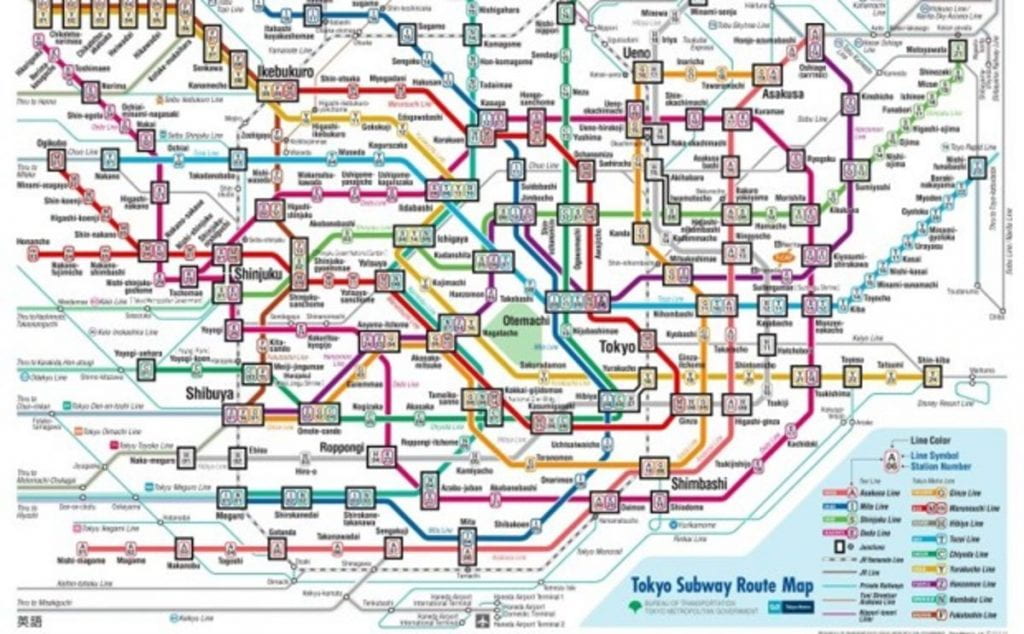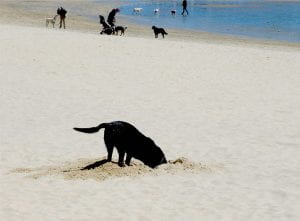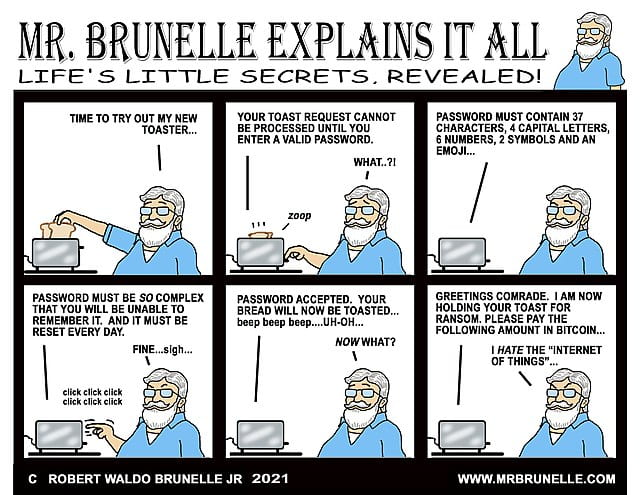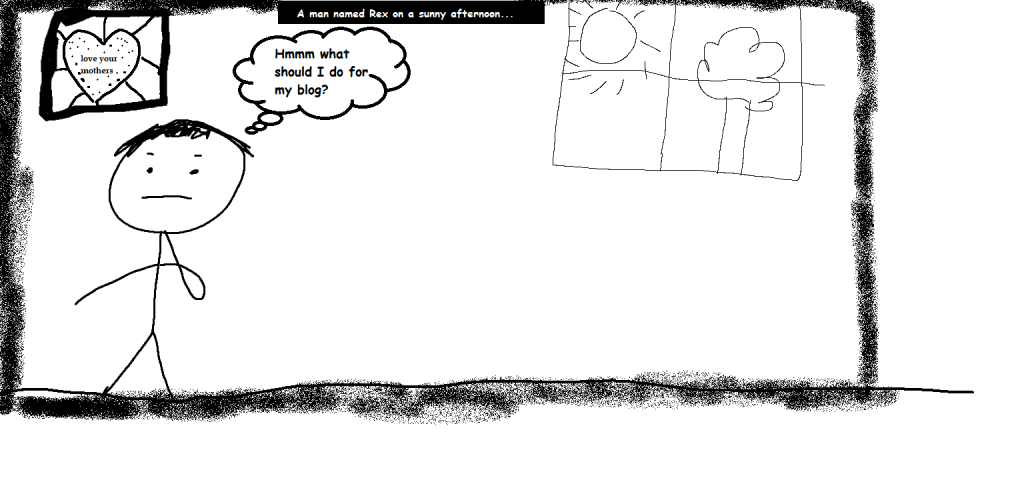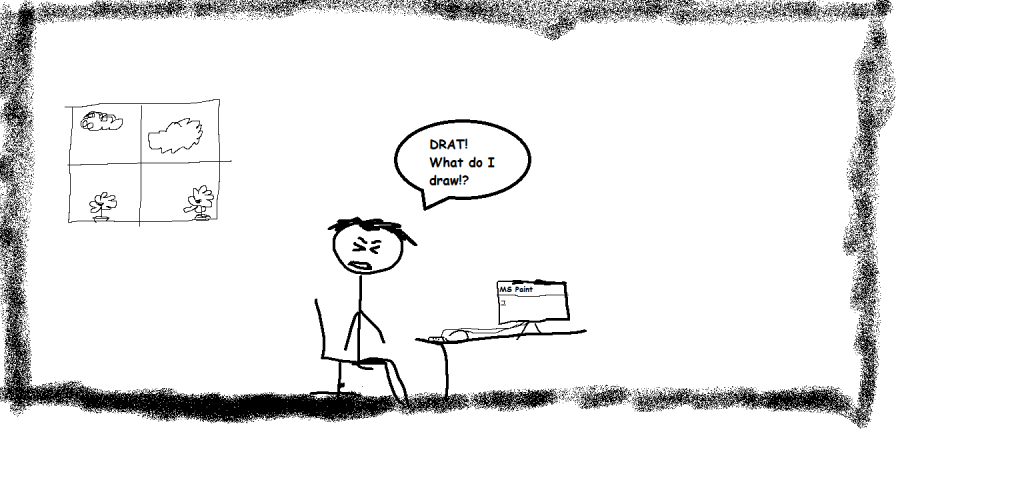Wow, what a time to be alive. The last bone. We are so close to ending the semester you can almost taste it. Before this semester, I had never had to keep up a blog page, and this year I was tasked with two blog pages from separate classes. Visual Communication being one of them, of course. These blogs challenged me to keep writing and responding on a consistent basis, which at times felt overwhelming, but I still did thoroughly enjoy doing them.
In regards to this class, I enjoyed the loose nature of what we were prompted to write about, it challenged me to think critically and also offered me the opportunity to write about the things I actually wanted to write about.
It actually surprised me how much I involved myself in some of my blogs. That’s not to say that I didn’t run into some challenges with the writing. Sometimes there would be specific topics of discussion that, for some reason or another, I just couldn’t find it within me, for lack of a better word, care enough for. Those topics were, obviously, much more difficult for me to find things to say that I felt a sense of passion about and I do feel it might’ve shown in some of my writing, but I also hope that it was identifiable the ones that I felt more pulled towards.
There were a lot of things about this class that I enjoyed, one of them being a sense of creative freedom and expression. I was able to organize these blogs with the whole “bone” and “dawg” theme, which is something I would be much more hesitant to do in another class due to its lack of ‘professionalism’. I felt like I was able to write these blogs in a more personalized tone that ‘traditional’ academic writing sometimes has an odd grudge against. I really liked that aspect of the class.
I have always been more of a ‘wordy’ person. In the sense that I am typically a person who learns best by reading and writing. I just like words, to put it bluntly. I did, however, learn in this class the power of good visuals and their use as a possibly better alternative or assistant to the writing. I find myself now considering how a visual might strengthen my writing, rather than ignoring the idea of a visual altogether. It’s still difficult for me sometimes to think about what visuals, may, or may not work; and as I’m writing this post, I have no idea how to incorporate a strong visual or what the visual would even be (probably some ‘bone’ reference to stay on brand), but I know the amount of strength it can give to my writing if I can find the perfect visual that words themselves could just never accomplish. So give me a minute to think…
…
You know, visuals can almost be viewed like a boy flexing in the mirror.
Anyways, 
Chew on that bone for awhile, Dawgs
